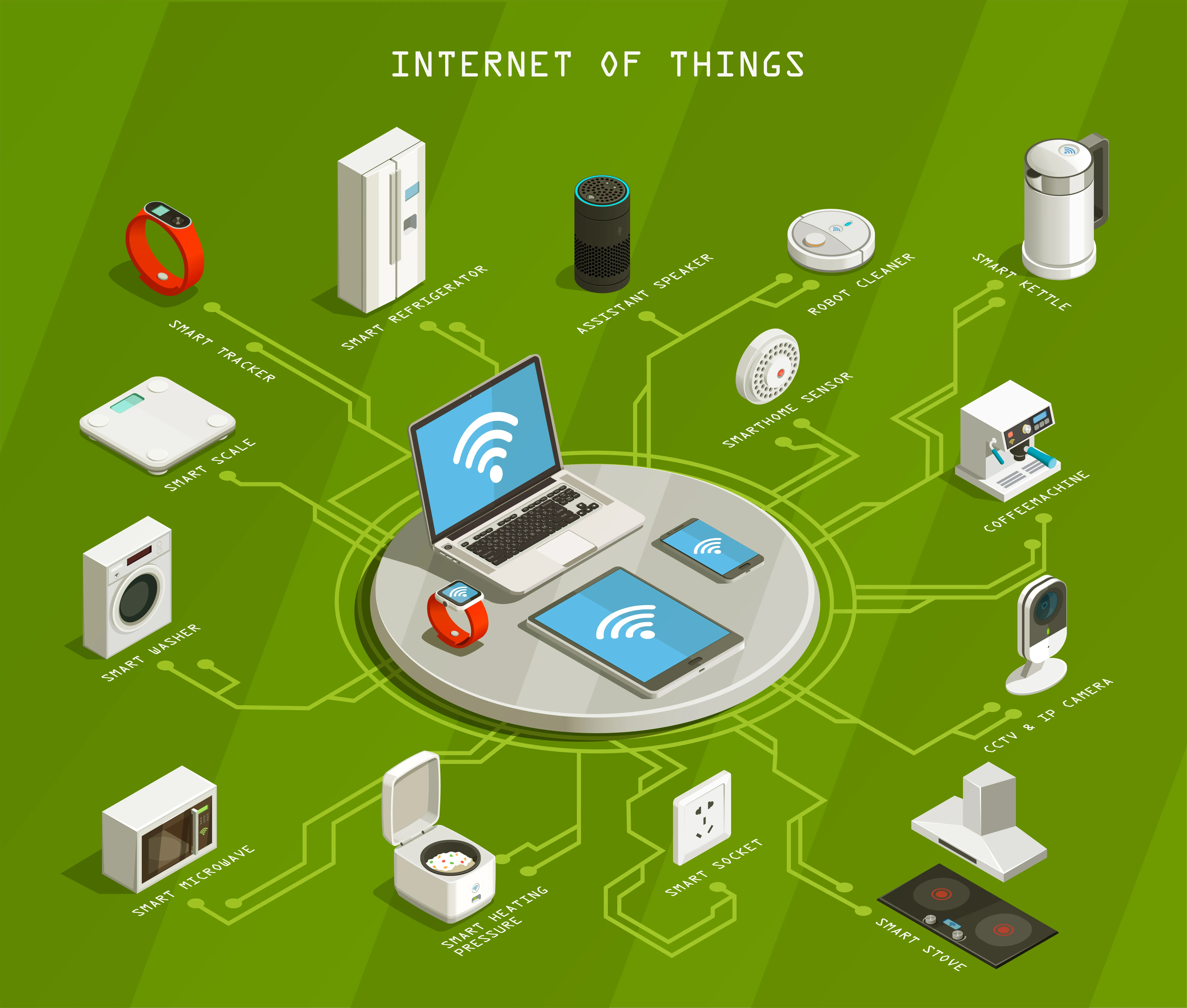IoT for Smart Homes: Revolutionizing Your Lifestyle

What is an example of IoT smart home?
In the ever-evolving landscape of technology, IoT (Internet of Things) has emerged as a game-changer in the world of smart homes. But what exactly does IoT-based smart home technology look like in practice?
Imagine walking into your home after a long day at work, and your lights automatically adjust to your preferred brightness, your thermostat sets itself to the perfect temperature, and your favorite music starts playing—all without you lifting a finger. This is just one example of the magic that IoT can bring to your home.
IoT Smart home technology allows various devices and appliances to communicate with each other, creating a seamless and interconnected living environment. From smart lighting to voice-controlled assistants like Amazon’s Alexa or Google Home, the possibilities are endless.
What are the benefits of IoT in making smart home?
The integration of IoT into smart home offers a myriad of benefits. One of the most significant advantages is enhanced convenience. IoT devices can automate routine tasks, making your daily life more comfortable and efficient. For instance, you can remotely control your home’s security system, lights, and thermostats through a smartphone app, providing peace of mind and energy savings.
IoT also contributes to increased energy efficiency. Smart thermostats, for instance, can learn your heating and cooling preferences and adjust accordingly, leading to reduced energy consumption and lower utility bills.
Additionally, IoT technology can improve home security. Smart cameras, motion sensors, and doorbell cameras can send real-time alerts to your phone, allowing you to monitor your home even when you’re away.
What are the basic elements of IoT in smart homes?
To understand IoT in smart homes, it’s crucial to grasp its basic elements. IoT relies on a network of interconnected devices, sensors, and software. Here are some fundamental components:
-
IoT Devices: These include smart thermostats, lighting systems, security cameras, and more.
-
Sensors: Sensors collect data and transmit it to IoT devices. For instance, motion sensors detect movement, while temperature sensors monitor room conditions.
-
Connectivity: IoT devices use various communication protocols, such as Wi-Fi, Bluetooth, or Zigbee, to connect and share information.
-
Software: Smart home apps and platforms enable users to control and monitor IoT devices remotely. These apps can be installed on smartphones, tablets, or computers.
-
Cloud Computing: IoT devices and IoT company often rely on cloud services to store and analyze data, making it accessible from anywhere.
What is IoT and smart home technology?
In essence, IoT is the synergy of hardware, software, and connectivity, enabling everyday objects to connect, collect, and exchange data. This data can be used to make intelligent decisions, automate processes, and improve overall quality of life.
Smart home technology, powered by IoT, represents a subset of this innovation. It focuses on creating homes that are safer, more energy-efficient, and convenient. IoT has allowed startups, including “start up smarthome” companies, and established companies to develop cutting-edge solutions for smart homes, ranging from innovative hardware to sophisticated software.
From custom software solutions for the Internet of things to product development tailored for smart homes, the IoT industry is thriving with companies, including “IoT companies,” dedicated to enhancing our daily lives through technology.
Conclusion: IoT for Smart Homes—A Revolution with Endless Possibilities
In a world driven by technological advancements, IoT (Internet of Things) has indisputably carved its niche in the realm of smart homes. The article has shed light on the multifaceted facets of IoT-based smart home technology, ranging from its practical applications to its significant advantages and the fundamental elements that power it.
As we wrap up our exploration of IoT for smart homes, it’s important to emphasize the profound impact it has on our daily lives. The convenience offered by IoT technology is unparalleled. Picture a morning routine where your coffee starts brewing as soon as your alarm goes off, your bathroom mirror displays the weather forecast, and your car is preheated—all initiated by automated triggers. These scenarios illustrate how IoT seamlessly integrates various aspects of our lives.
Beyond convenience, IoT contributes to environmental sustainability through enhanced energy efficiency. Smart thermostats, lighting systems, and appliances work in harmony to optimize energy usage, resulting in reduced carbon footprints and lower utility bills. This not only benefits homeowners but also supports global efforts to combat climate change.
Security is another paramount aspect of IoT in smart homes. Real-time monitoring and instant alerts provide homeowners with peace of mind, whether they are at home or miles away. The ability to remotely control access, surveillance, and environmental conditions adds an extra layer of safety to our homes.
Understanding the basic elements of IoT in smart homes—devices, sensors, connectivity, software, and cloud computing—unlocks the potential for innovation. Entrepreneurs and established companies, including startups specializing in smart home solutions, have ventured into this burgeoning field. They are continuously developing hardware and software that push the boundaries of what smart homes can achieve.
In conclusion, IoT for smart homes is not merely a technological trend but a revolution that is transforming the way we live. Its amalgamation of technology, connectivity, and intelligence has opened up a realm of possibilities that continues to expand. As IoT evolves, we can anticipate even more groundbreaking solutions that will further revolutionize our lifestyles, making our homes safer, more efficient, and ultimately, more enjoyable places to live. Embracing IoT in our homes is not just a technological choice; it’s a step toward a smarter and more sustainable future. So, be prepared to witness the ongoing transformation as IoT continues to revolutionize our lifestyles, one smart home at a time.